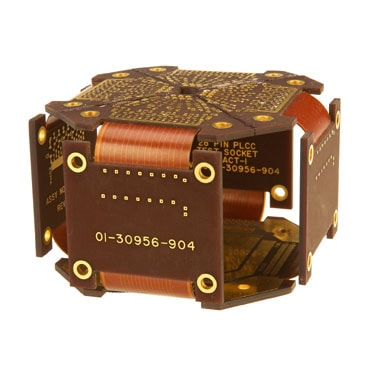

In the medical device sector, flexible PCB exhibit significant mechanical advantages over rigid PCB. They enable engineers to integrate electronic components such as microphones, batteries, and cameras into an extremely small and compact enclosure, allowing the entire medical device to be conveniently placed on the human body, such as in hearing aids.
Flexible PCB can form complex shapes in three-dimensional space and branch to multiple connectors, something rigid PCB struggle to achieve. They can also connect directly with rigid PCB without the need for bulky flat cable connectors or through rigid-flex PCB. This integrated design completely eliminates the need for external connectors. The unique features of flexible and rigid-flex PCB make them the preferred choice for wearable devices and medical applications.
Flexible PCB technology has evolved over time and is now widely used in the medical industry, including drug delivery systems and wristwatches that can monitor circulatory and respiratory system data and transmit it to the wearer, such as patients with heart conditions. The flexible PCB used in these applications are becoming increasingly smaller, posing significant challenges to PCB manufacturing. This has prompted manufacturers to adopt finer line widths and spacing, thinner copper layers, and thinner substrates.
Sanxis Company has mastered these advanced technologies and is able to provide our clients with high-quality, high-end PCB products. If you have needs, please contact our sales staff directly to place an order.